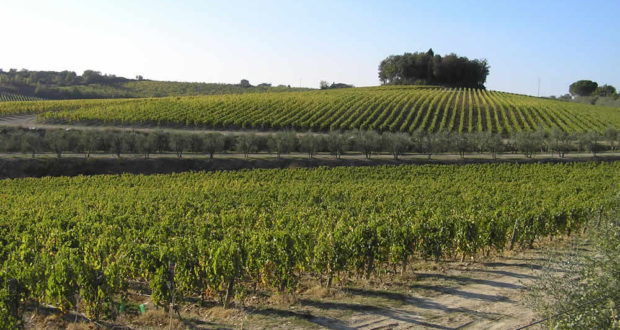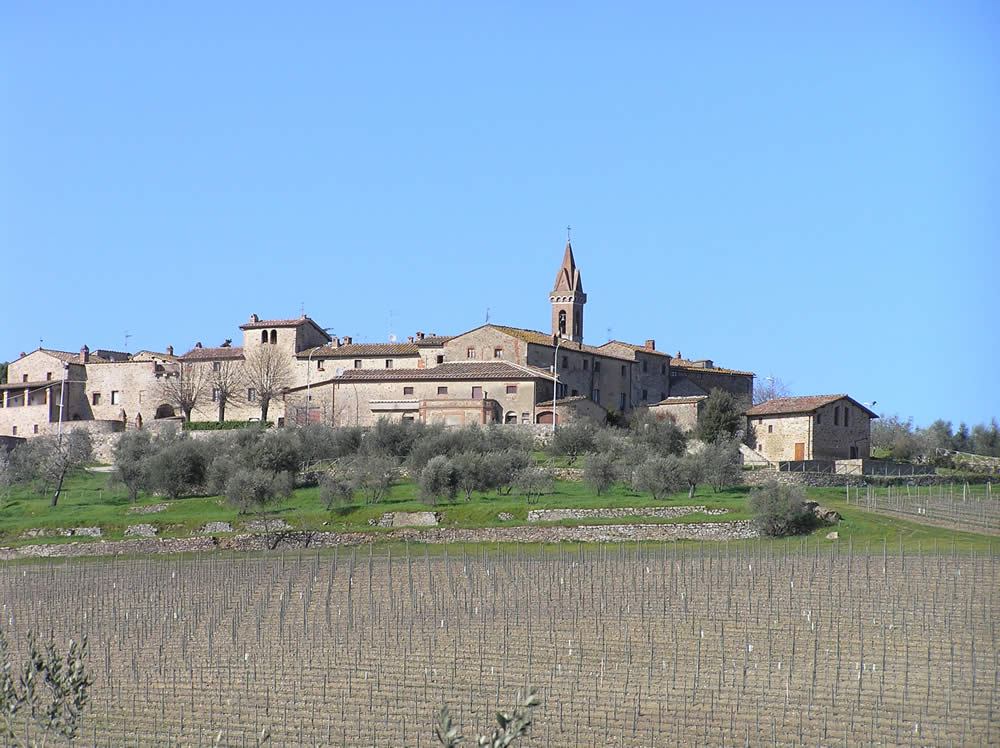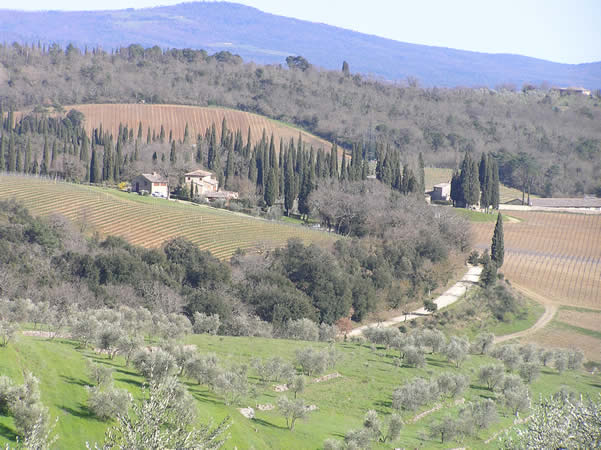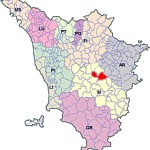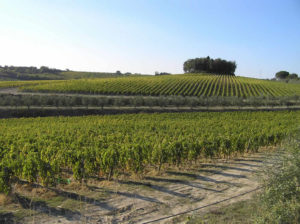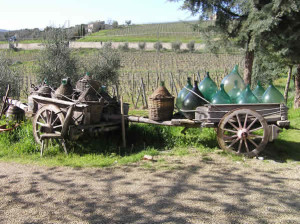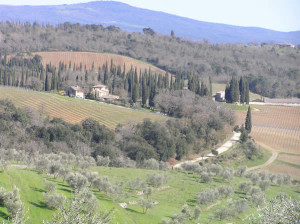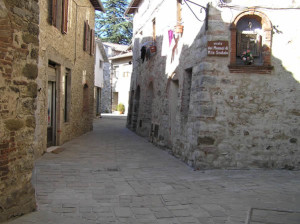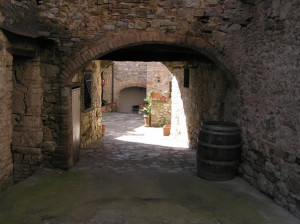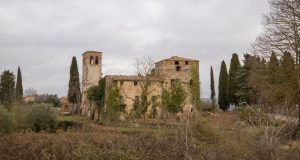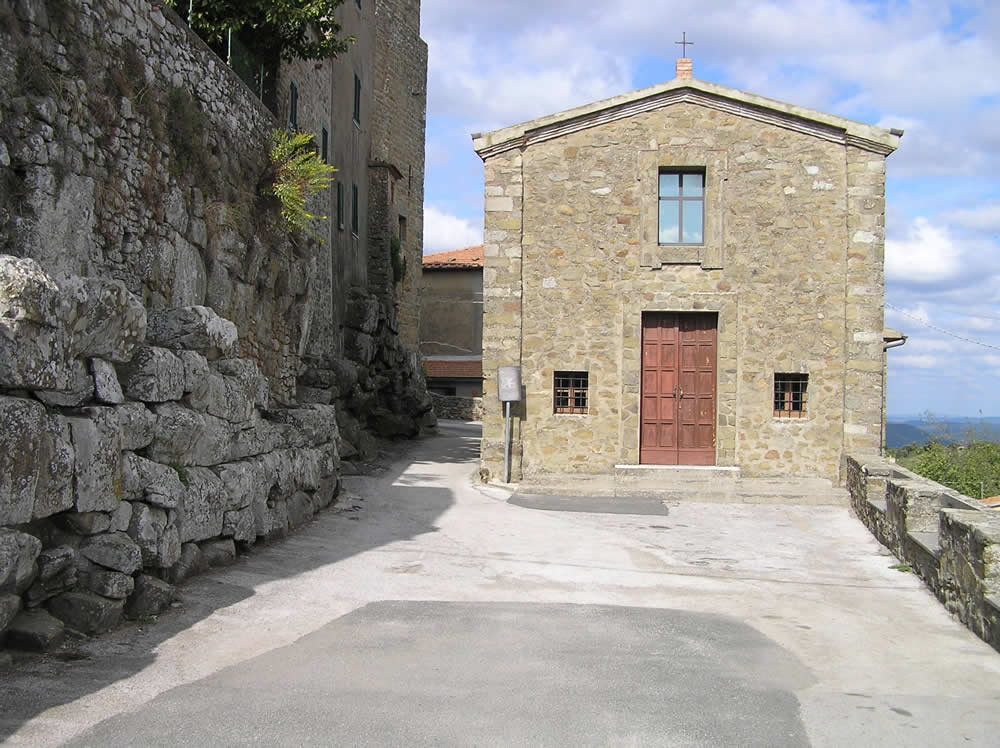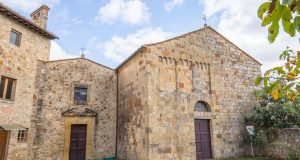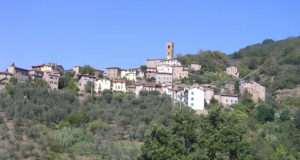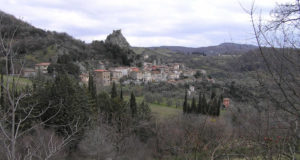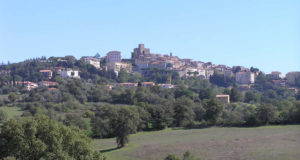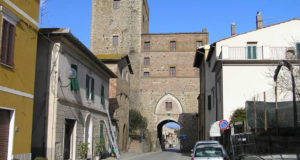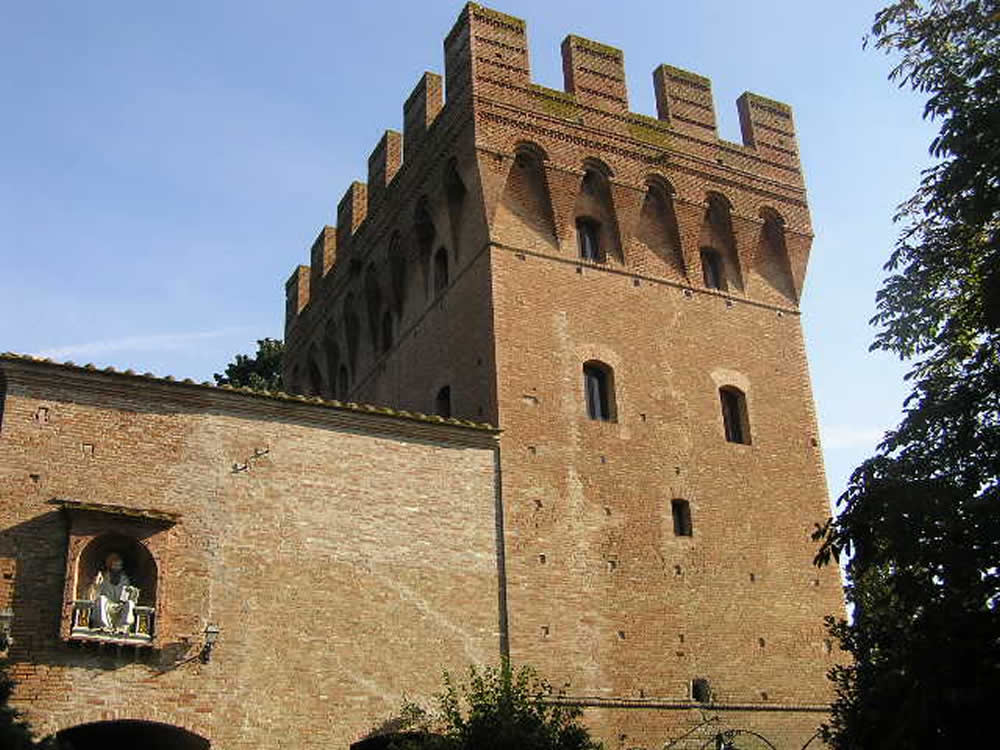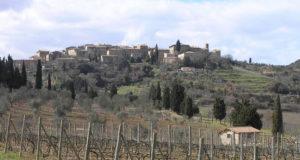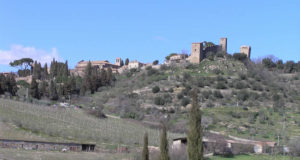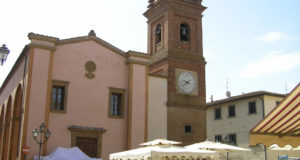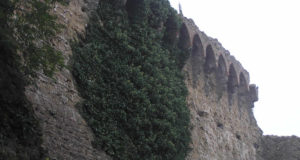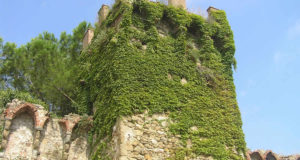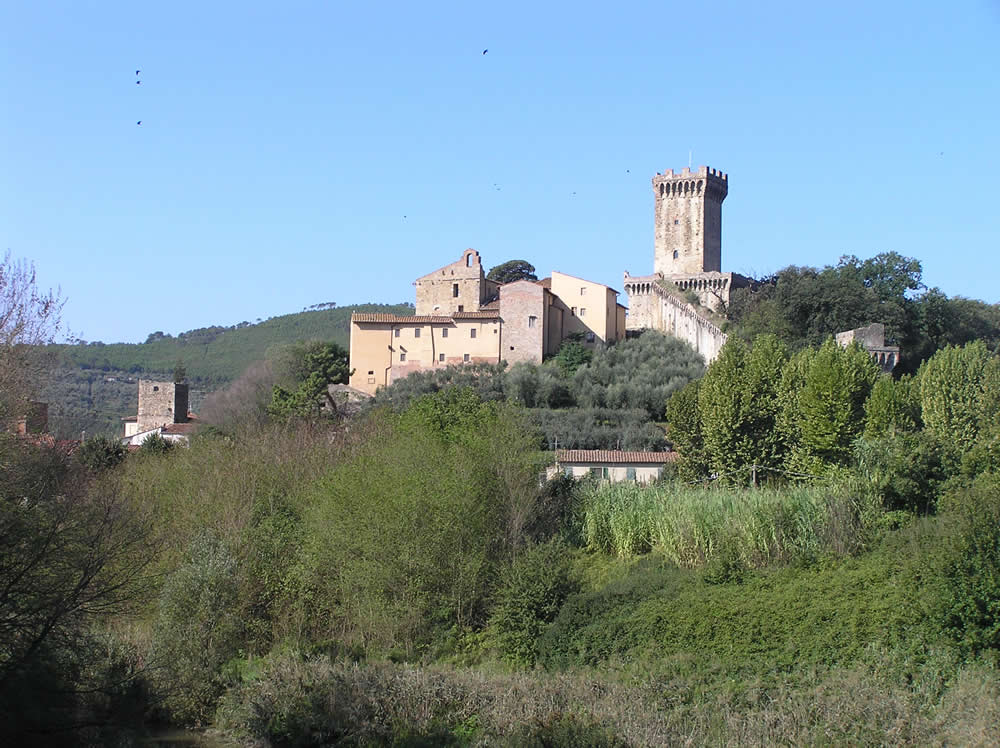![]() Français
Français ![]() Deutsch
Deutsch ![]() Español
Español ![]() Italiano
Italiano
Castelnuovo Berardenga, is an interesting village of Chianti in the province of Siena. The municipality has about 8,900 inhabitants and is located at the southern end of the Chianti hills at the point where begin the clay soils that form the Crete Senesi. Castelnuovo Berardenga is located on a hill about 350 meters high, between the Ombrone and the torrent Malena, the territory is rich in forests and areas cultivated with vineyards and olive trees. Castelnuovo Berardenga is the southernmost municipality of Chianti.
The name Berardenga derives from the fact that this territory since the tenth century formed the “Terra Berardinga”, an area under the control of the noble Berardo. Castelnuovo was the last castle founded in the area by the Republic of Siena, it was built in 1366, of the castle today are only a tower and a few remains of the walls. The village is divided into a high area, the Castle (Castello), and in a low area, the Village (Borgo).
WHERE CHIANTI ENDS AND THE CRETE SENESI BEGIN
Among the things to see in the village we find the civic tower clock, from the eighteenth century, which was originally part of the system of fortifications. The nineteenth-century neoclassical church of SS. Giusto and Clemente that houses some interesting paintings including a fifteenth century Madonna with Child by Giovanni di Paolo. Remarkable building on the outskirts of the village is the nineteenth-century Villa Chigi surrounded by a large park.
The Landscape Museum is dedicated to one of the most typical landscapes of Tuscany: the hilly landscape of Chianti and Crete Senesi. The museum also has an archaeological section with Etruscan and Roman artefacts. Near Castelnuovo Berardenga is also the Castello di Montalto, an imposing structure of medieval origins overlooking the river Ambra from a hill.
Interesting are the small villages scattered in the municipal area such as San Gusmè, Vagliagli, Pontignano and Villa a Sesta. There are also numerous Romanesque churches scattered throughout the territory between these the Pieve di San Giovanni Battista in Pievasciata, and the Pieve di Santa Maria a Pàcina. Valuable building is also the Certosa di San Pietro a Pontignano.
In the small village of Pieveasciata is the Parco sculture del Chianti that along a circular path of one kilometer presents works by artists from over 20 countries on all five continents.
USEFUL INFORMATION:
Weekly market in Castelnuovo Berardenga: Thursday from 8 am to 13
Tourist Information Office – Castelnuovo Berardenga
Ufficio Informazioni Piazza Matteotti, 11
Tel. e fax: 0577-355500
Hours: Period 1 November – 31 March: daily except Monday: 10.00 – 13.00. Period 1 April – 31 October: from Tuesday to Saturday 10:00 to 13:00 and 15:00 to 18:00, Sunday 9:00 to 13:00.
BIBLIOGRAPHY
- AA. VV. “Toscana” Guide Rosse Touring Club Italiano, 2007
- Oliveto Luigi “Castelnuovo Berardenga. Storia, arte, natura, tradizioni” 2007, Aska Edizioni
- AA. VV. “Castelnuovo Berardenga. Museo del paesaggio” 2012, Silvana
- Stopani Renato “Castelnuovo Berardenga” 2005, Firenzelibri
- Ciampolini Marco, Avanzati Elisabetta “Il Chianti senese. Masse orientali di Siena” 2001, NIE
- Vineyards in autumn, Castelnuovo Berardenga, Siena. Autore e Copyright Marco Ramerini
- Countryside near Villa a Sesta, Castelnuovo Berardenga, Siena. Author and Copyright Marco Ramerini
- Countryside near San Gusmè, Castelnuovo Berardenga, Siena. Author and Copyright Marco Ramerini
- San Gusmè, Castelnuovo Berardenga, Siena. Author and Copyright Marco Ramerini.
- Villa a Sesta, Castelnuovo Berardenga, Siena. Author and Copyright Marco Ramerini.
 Borghi di Toscana Guida ai borghi e ai paesaggi della Toscana
Borghi di Toscana Guida ai borghi e ai paesaggi della Toscana
